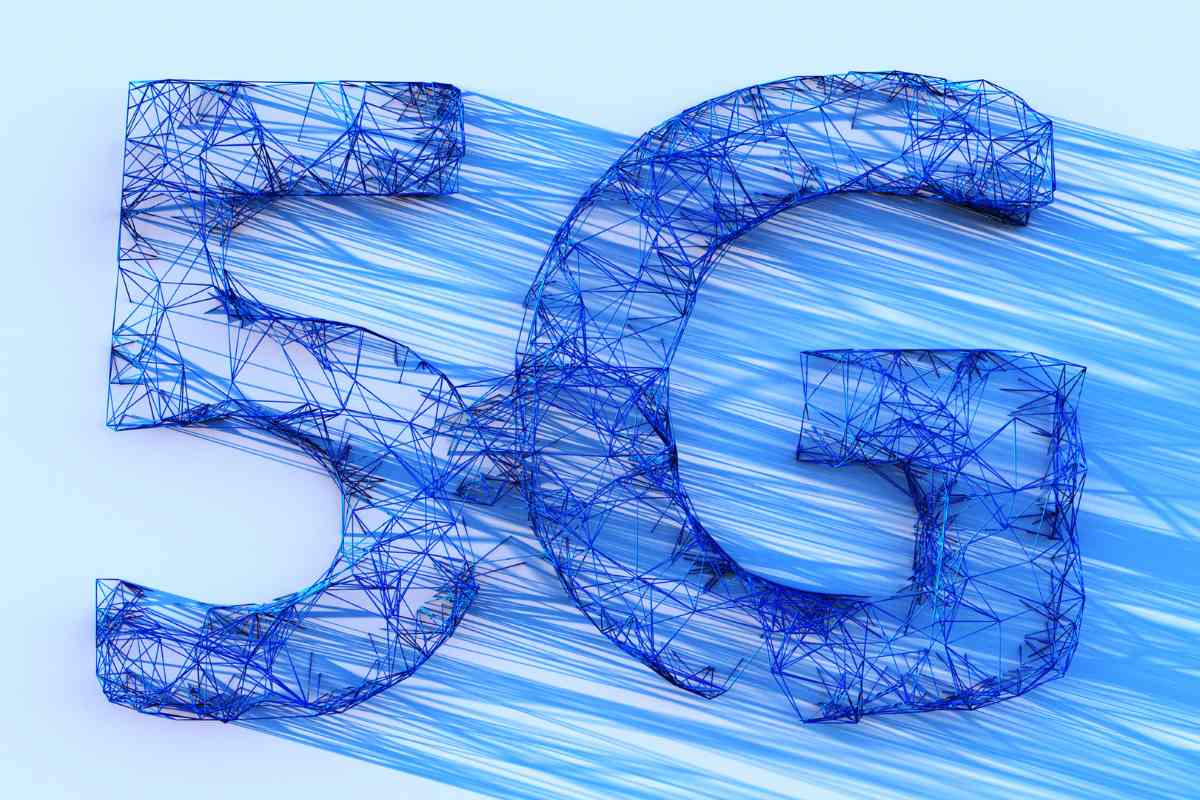There are many consumers who are unhappy with the fact that their 5G smartphone supports less than five or, on certain occasions, a single 5G band. For the unaware, 5G services would be rolled out using a dynamic range of the spectrum, which would for the first time include mobile services rollout with C-band spectrum (3.3-3.6 GHz) and mmWave (26 GHz and 28 GHz) spectrum band. 5G speeds and use cases would differ with respect to the particular spectrum band that is being used by the operator to provide services. For example, the mmWave band 5G would be able to deliver download speeds of up to 4.2 Gbps (proven by Vodafone Idea 5G trials) while using the C-band spectrum, download speeds of up to 1.5 Gbps can be delivered.
Users Don’t Need to be Bummed Out Because Their Smartphones Don’t Support Multiple 5G Bands
Your smartphone doesn’t need to support multiple 5G bands. Some smartphones in India are only coming with support for the N78 5G band. While it seems like nothing, it is going to make all the difference for the user. 5G services in India are expected to be widely available through the N78 band only. If smartphone makers start bundling in support for all 5G bands, it would just result in an increased price for the devices. On top of that, the support for most of the 5G bands won’t even be utilised by the consumer. This would mean that by paying extra, the consumer has no real benefit of the support for extra 5G bands. Thus, while purchasing a device in your budget with support for more 5G bands is a good idea, it shouldn’t be the single factor influencing your decision. Rather, if your smartphone supports the N78 band, look for other things such as processor, memory, display, and performance to make your final decision. There are many 5G smartphones out in the market right now and present in almost every category, be it affordable/budget, mid-range, premium, or ultra-premium. Make your choice carefully and deliberately!
